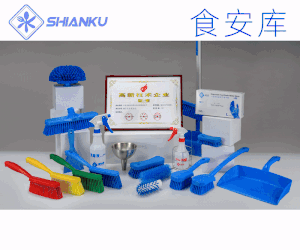食品伙伴網(wǎng)訊 2022年2月24日,據(jù)歐盟食品安全局(EFSA)消息,應(yīng)歐盟委員會(huì)要求,歐盟動(dòng)物飼料添加劑和產(chǎn)品(FEEDAP)研究小組就富含蝦青素的紅發(fā)夫酵母(astaxanthin-rich Phaffia rhodozyma)作為鮭魚和鱒魚飼料添加劑的安全性和有效性發(fā)表科學(xué)意見。
部分原文報(bào)道如下:
Following a request from the European Commission, the FEEDAP Panel was asked to deliver a scientific opinion on the safety and efficacy of astaxanthin (ATX)-rich Phaffia rhodozyma. The additive, belonging to the category ‘sensory additives’ and the functional group ‘substances which, when fed to animals, add colours to food of animal origin’ is intended to be used in feed for salmon and trout from an age of six months onwards up to a maximum content of 100 mg ATX/kg complete feed. The product is produced by the telemorph of Phaffia rhodozyma, Xanthophyllomyces dendrorhous, and it is declared to contain 995?g dried inactivated biomass and 5 g ascorbic acid per kg additive. The main active principle of the additive is ATX; however, the FEEDAP Panel noted that some other carotenoids are also present in lower quantities. The minimum ATX concentration is specified to be 5,000 mg per kg additive. The yeast Xanthophyllomyces dendrorhous is considered by EFSA to be suitable for the qualified presumption of safety (QPS) approach to safety assessment; therefore, the use of the production strain in the production of the additive would not raise any safety concern for the target species, the consumers of products from animals fed the additive and the environment. In the absence of a tolerance study with the additive, the FEEDAP Panel cannot conclude on the safety for the target species. In the absence of residue and toxicity data of ATX, no final conclusions on the safety for the consumer can be drawn. The FEEDAP Panel concluded that the additive is irritant to skin and eyes, and a skin and respiratory sensitiser, although exposure by inhalation is likely low. The FEEDAP Panel considers that ATX from the biomass does not pose a significant additional risk to the environment compared with other natural sources of ATX. In absence of adequate evidence, no conclusion can be made on the efficacy of the additive.
本文由食品伙伴網(wǎng)食品資訊中心編輯,有任何疑問,請(qǐng)聯(lián)系news@foodmate.net。
相關(guān)政策解讀











 地區(qū):
地區(qū):






 魯公網(wǎng)安備 37060202000128號(hào)
魯公網(wǎng)安備 37060202000128號(hào)



